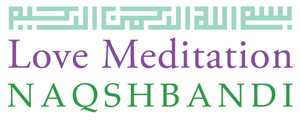Hazret Aziz Mahmud Hudayi QS
Hazret Aziz Mahmud Hudayi QS
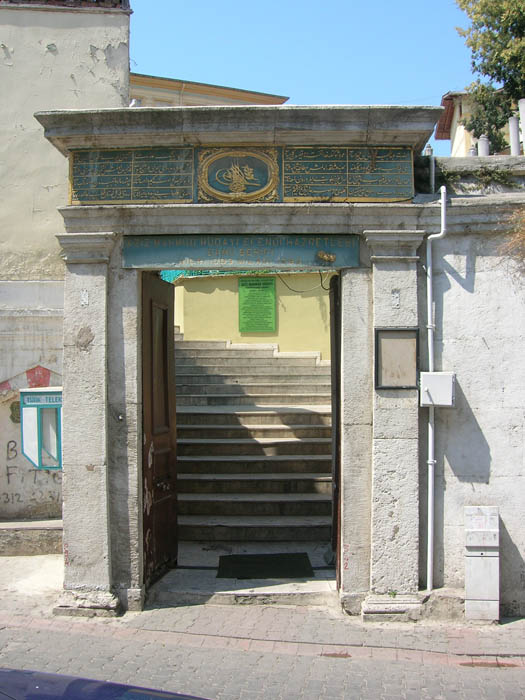
Hz Aziz Mahmud Hüdâyî QS (1541-1628) The Ottoman is one the greatest of the people of Istanbul. His real name is Mahmud. The name “Hüdâyî” and the name “Azîz” were given to him afterwards. Cüneyd-i Bagdâdî is a descendant of the “Seyyid”.
Hüdâyi is one of the descendants of His Holiness (SWS): He also expresses that he came from the descendent of our Prophet (SWS), saying that Ceddim is a Sultan.
He is amongst the most famous sufi evliya (Muslim saint) of the Ottoman Empire. He was a mystic, poet, composer, author, statesman and Islamic scholar.
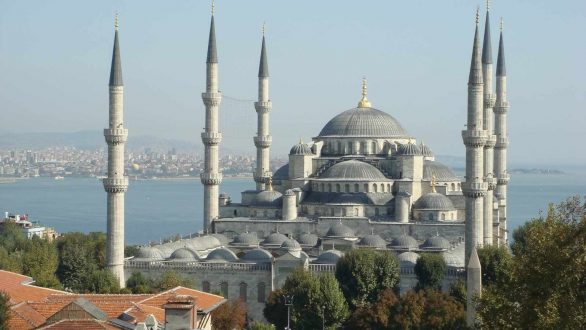
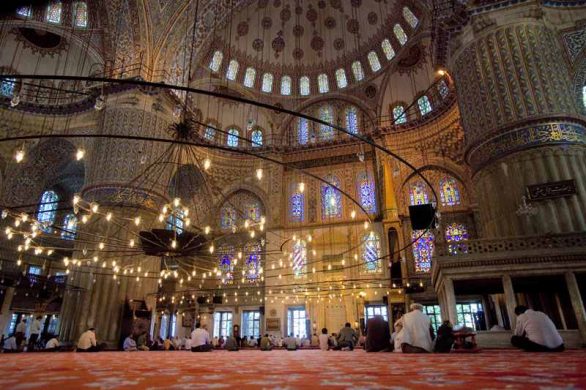
Born in Şereflikoçhisar, he completed his studies in a medrese in Istanbul. He was the Sheikh of Sultan Ahmed I who constructed the famous Blue Mosque and especially gained the respect of Sultan Murat III. He read the first Friday prayer in this Mosque on its opening.
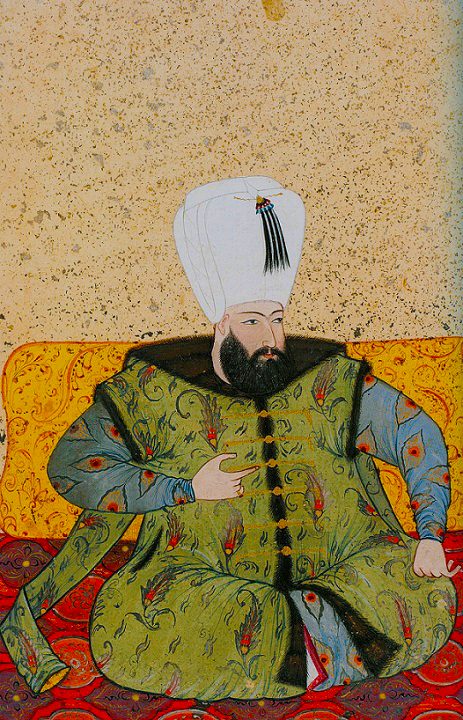
The Sufi order Jelveti was founded by the Hz Aziz Mahmud Hudayi QS.
Aziz Mahmud Hudayi QS served as Qadi in Edirne, Egypt, Sham (Syria), and Bursa. He was a murid and khalifah of Üftade Hazretleri. He wrote about thirty works, seven of which are in Turkish.
His dua, “Those who visit us when we are alive, and those who visit our grave after our death and read the Fatiha when passing by our tomb are ours. May those who love us not drown at sea, may they not suffer poverty in their old age, may they not pass away without saving their faith,” has prompted many sailors of the Ottoman Empire to visit his grave before going out to sea.
Hz Aziz Mahmud Hudayi QS died in Üsküdar, Istanbul and is buried next to his mosque.
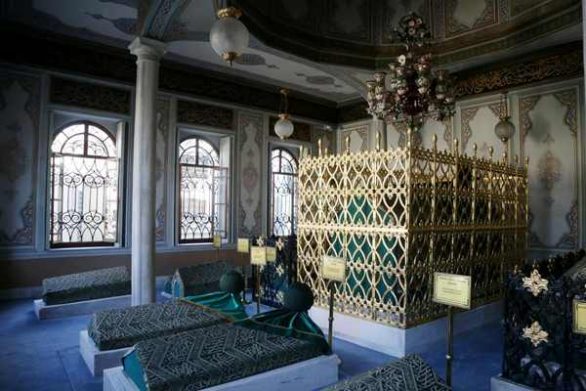
EVERYONE EVER STAYED INTO THEIR SOUNDS
Hüdâyî who lived in a period following the course of the Ottomans from the ascension to the decline, showed great sincerity for the sultans to be strong and enthusiastic in terms of fairness and enthusiasm. Hence, almost everyone was relieved by his conversation, guidance and service to the table; the lodge has become a place where the hearts have peace and time.
Indeed, his devotion comes at a time of chaos, in which the disaster of success follows one another. This is because the turbulent agitators, which are increasingly in political power and shaking very hard, have begun to be seen in this period. If the discipline and discipline of the military is shaken and distorted, the younger Osman has reached the level of surrendering the young Osman in a paradise, and the sadrâzamı Hâfrým Ahmad Pasha in front of the throne of Murad IV is thought to have been smashed by the newcomers and even the blood has been infested with wood.
In such a turbulent period, Hüdâyî Hazrat, who called to the voice of Hakk and the true Khan with the acquaintance of Islamic mysticism, gave a very different identity to the dervish lodge. So much so that the only place where those who escape from the front of the anarchy, who is weak in the state, and who is lost in the society, and who is lost in the community, is the place where it has become its dergâh-şerfi. As a matter of fact, Halil Pasha, Dilâver Pasha and Ali Pasha, like zawât, have taken refuge in this dervish as their tare drops.
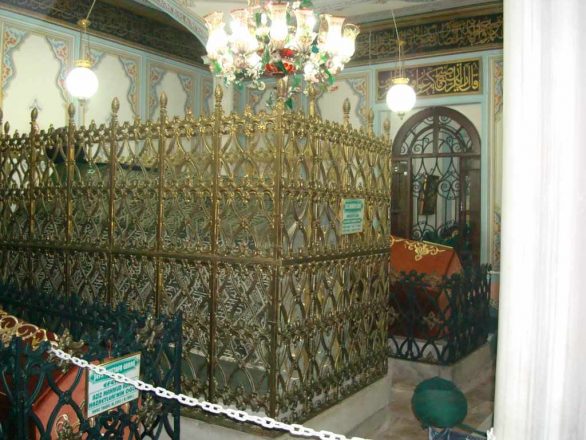
THE LIFE OF HZ AZIZ MAHMUD HÜDÂYI QS
Hüdâyi, the founder of the Celvetiyya sufi order, a sufistic, poet, was born in Şereflikoçhisar in 948 (1541). He began his schooling in Sivrihisar where he spent his childhood. Later, he went to Istanbul and entered the Küçükayasofya Medresesi. After completing his education in the madrasa, his teacher became a scholar of Nazirzade Ramazan Efendi. On the other hand, during the period of Talabelik and Muîdîlik, the Küçükayasofya Mosque Şeyhi Nûreddinzâde Muslihuddin Efendi, who belonged to the order of the Khalwatiyya, continued their conversations. His teacher Nâzırzâde Edirne Selimiye Medresesi’nin müderris, Egypt and Damascus in the years when the appointment of the kadmadı Hudayi’yi devoted.
Hüdâyî saw the order of “usûl-i esmâ” from Kerîmüddin al-Halveti from the Demirtaşiyya arm of the Khalvetiyya sect in the same way he was accompanied by his teacher in Egypt. In 1573, on the way back to Egypt, Nadaib was appointed to the Bursa Ferhat Madrasah and the Judiciary Court. His teacher Nazirzade was brought to the Bursa mevleviyet *. In the third year of his advent in Bursa, his teacher died.
Hz Aziz Mahmud Hüdâyî QS, who had a close contact with the mystical circle since the years of Talabblik and Muradmis, abandoned his official duties due to his deep influence of the death of his teacher and was introduced to Muhyiddin Üftâde, who had previously participated in his sermons and conversations. In just a short time, of three years the course completed the Sülkünü.
Sheikh Uftâde assigned him to his homeland Sivrihisar.Hz Aziz Mahmud Hüdâyî QS, who could only stay here for six months, returned to Bursa to visit Şeyhi Üftâde. But in the meantime, when he died, he went to Rumeli. After a while in Thrace and the Balkans, he came back to Istanbul.
Şeyhülislâm Hodja Sadeddin Efendi’nin appointed by the Küçükayasofya Mosque Tekkesi’te eight years in the seat of the sheikhlik. On the other hand, he made a preacher in Fatih Mosque, read tafsir and hadith. Later in 1589, he bought the place where Hüdâyî Dergâhı was located in Üsküdar.
Hz Aziz Mahmud Hüdâyî QS relocated his residence to the vicinity of the Rum Mehmed Pasha Mosque to deal more closely with the construction of the dervish lodge. In 1595 the construction of the mausoleum was completed.
In 1599, the Fatih Mosque was abandoned and Üsküdar Mihrimah Sultan (İskele) Mosque began to preach on Thursdays . At the opening of Sultan Ahmed Mosque (1616, Blue Mosque), Hz Aziz Mahmud Hüdâyî QS read the first sermon and accepted to preach there every Monday the first Monday.
In the years he was in Üsküdar, he built a bath with a chalet in Bulgurlu. The village of Bulgurlu where the Çilehânenin is located, the fields of the lakes and the part of the Gaziler hill were registered by Ahmed I in the name of Aziz Mahmud Hüdâyî with fermân-ı hümâyun.
Hz Aziz Mahmud Hüdâyî QS who was reported to have married Kanuni’s daughter Mihrimah Sultan with his grandson Ayse Sultan (d. 1598) died in Safar 1038 (October 1628). There were eleven children, including six girls, and their descendants continued through their daughters Ümmügülsüm (d.1661), Zeyneb (d.1422) and Fatma Zehâ (d.1675).
HALKTAN SULTANS
Hz Aziz Mahmud Hüdâyî QS brought a wide circle of influence extending from heaven to the sultans. Devrin succeeded in establishing close relations with the sultans. III. Murad, I. Ahmed and II. He wrote letters to the sultans like Osman and gave advice. IV. He surrounded Murad with the sultanate. Ferhad Pasha and Tabriz Expedition joined. From time to time, he went to the sultan as an invitation to the sultans and chatted with them.
Evliya Çelebi states that “the seven sultans kissed Hüdâyî’s hand and gave 170,000 muridaires (hands)” .
Hz Aziz Mahmud Hüdâyî’s lodge was filled with people from every county. Sadrazam Khalid Pasha, Dilâver Pasha, Hodja Sâdeddin Efendi, Sun’ullah Efendi, Şeyhulislâm Hocazâde Esad Efendi, Okçuzâde Mehmed Şahî Efendi, Sarı Abdullah Efendi, Nev’îzâde Atâî, the famous Sufi Boys Şeyhi İbrâhim Efendi, and the like are the examples of his dervish or regulars.
Hz Aziz Mahmud Hüdâyî QS, who was reported to have close to sixty caliphs upon his death, performed deep influences on the religious-mystic life in Anatolia and the Balkans with his works of caliphs and writings, and his reputation reached daylight. Tekkesi has served as the most important mosques and cultural centre of Istanbul, where many scholars and intellectuals, sheikhs and musicians have been trained.
KUTBÜL AKTÂB, SÂHÝB-I ZAMÂN, MURSÝD-I KÂMÝL
The most noteworthy of the authors belonging to the Hüdâyî Dergâhı is, of course, the Bursa of the Ruhu’l-beyan, the Bursa’s İsmâil Hakkı. Bursali Ismâil Hakkı, who frequently makes transfers from Hüdâyî in his works, compares him with the Gazneli Sultan Mahmud and expresses his love by saying: “O guruh-i Muhammad i know / This came to this Mahmoud / One Mahmûd-i Gaznevî meşhûr / Biri Mahmûd-ı ma ‘nevî ma’hûd’.
Both in the period of the revolution and in the books of later bibliography, “Kutbü’l-Aktab, Sâhib-i zaman, Mürşid-i Kâmil”and the reputation continues after death. The menacles and miracles conveyed to the tongue language provided the people to establish a throne in the heart, and the visitors continued to increase in every period. It is known that many statesmen, who see their health in danger as healthier, rescue their lives by taking refuge in his monocle.
After his death, thanks to the very rich foundation he left, the tekke, the imaret and the külliyesi became shelter and shelter for the people. Especially the visitors, who visited the members, lovers and turtles, the mosques in the form of “They are drowned in the sea, they should see poverty in their life, and should not go away unless they save their faith”, have put the tomb among the most visited visitors after Eyüp Sultan RA, Sünbül Efendi RA and Yahyâ Efendi RA in İstanbul.
MAJİETTE TEKKE ŞİRLERİ YAZDI
The presence of many copies of his works in the Istanbul libraries shows how much they are loved and adopted by the public. A large part of the works of the members of the Celvetiyya sect and other sects were made into commentaries and chapels, and some of them were translated into Turkish. Numerous writings have been written by many Sufi-poets to yunus-style hymns. Almost all of the people who were in the Celveti tekkelerin satirist wrote and wrote poetry in the style of Hüdâyî.
Hüdâyî, who is in the circle of poets of Sufi folk poetry, wrote poetry of tekke in simple and witty character.These poems, mostly in the style of the apostles, will be a divan. Hüdâyî, who uses some syllables in his poetry and sometimes aruz veznnis, is a religious scholar attached to the understanding of the wahdat-i wujud * system that Ibn al-Arabi systemizes. This is evident in his works, poems and letters. However, it is difficult to say that he has worked his understanding of wahdat-i wujud as deeply as Yûnus Emre. However, the vast soul of mysticism has been sincere. Some of the gods themselves have been composed by themselves and some by muhib and müntesipleri and have been read in the monasteries for centuries and become an integral part of the zikir assemblies and the calligraphy. The Celvetian sect where the founder is found is divided into four branches: Selâmiyye, Hakkiyye, Fenâiyye, Haşimiyye.
Literary works: Hz Aziz Mahmud Hüdâyî QS, who has about thirty works in Arabic and Turkish, wrote most of his works in Arabic in accordance with the philosophy of devrin.
The main Arabic works are:
1. Nefâ al-Majâlis. It is a mystical tafsir. However, not all of the verses of the Qur’an, but some chosen verses are explained. Some of the writings are in two, others in three, and the most uniform and oldest is the Süleymaniye Library (Şehid Ali Pasha, nr 172-174).
2. Câmiu’l-Feżâil and Kāmiu’r-Reźâil. This work describing scientific, moral and moral virtues is one of the most famous and widespread works of Hüdâyî and the oldest one is in Köprülü Library
Source: Osman Nûri Topbas, Ottoman and Arkam Publications, with Arbitrary Personalities and Associations, 2013
Bir hurmati Habib br hurmati Anzalta Surat al-Fatiha
